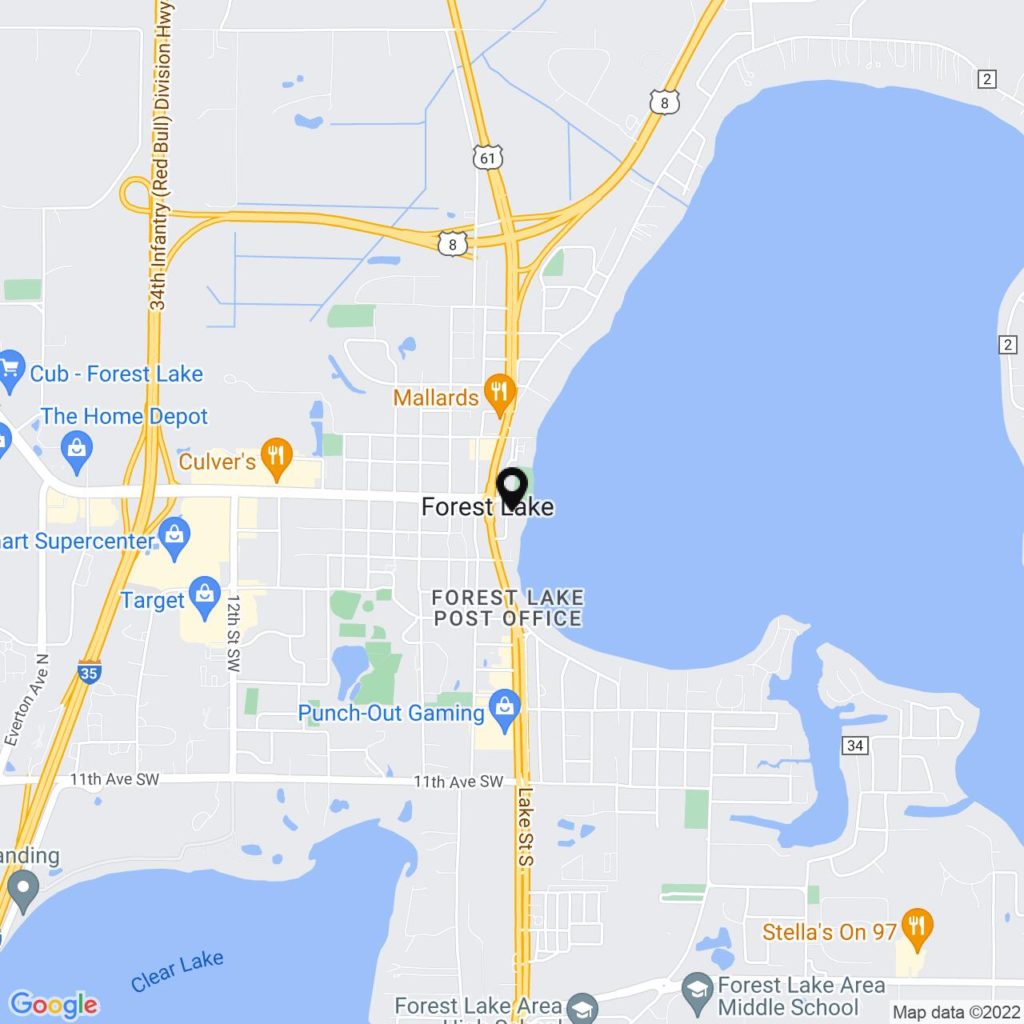What to expect when you’re expecting divorce
There are a lot of ways to work through a divorce. Johnson/Turner will help you find and navigate the best course for you. The one thing every one of our clients wants is to avoid an ugly, drawn-out divorce. We will work hard to help you avoid that type of experience.
Marriage is a legal status. To undo that status, a court has to enter an order dissolving it. This is why no matter what, a divorce technically requires a lawsuit. A judge enters a final judgment and decree, which sets out the terms of the divorce (child custody, spousal support, division of assets, etc.). If you need assistance from the court in resolving disputes in your case, the judge makes those decisions, never a jury.

The traditional court divorce process begins when one spouse is served with a Summons and Petition for Dissolution of Marriage. These documents set forth the bare essentials of a case. The documents are often filed with the court at the same time they are served, though the case does not need to be filed when it is served.
A week or two after the case is filed, a judge is assigned to it, and generally presides over the case until it is complete. The court will schedule an initial meeting with the parties and their attorneys (if they are represented). This meeting is called an Initial Case Management Conference (ICMC), and is usually scheduled within a month from the time the case was filed.
At the ICMC, the judge will introduce him or herself and try to find out what sort of issues are likely to come up. The judge might urge the parties to use the Early Neutral Evaluation (ENE) process to resolve the case. If the parties agree to the ENE process, they can avoid court hearings and the judge issuing decisions about their lives. The ENE process is voluntary – if parties do not want to participate, they do not have to.
For any issues not settled through the ENE process (or if the parties choose not to use it), the divorce proceeds with the traditional court path, which can include parties making motions for temporary relief.
Motions for temporary relief are necessary when parties cannot agree on issues while divorce proceedings are pending. Temporary relief can touch on almost any facet of your life that needs to be addressed on a short-term, temporary basis. Common topics include who the kids will live with and when, who will live in the parties’ homestead, and who will pay child support and spousal maintenance during the divorce process.
In a divorce, both parties are required to disclose all relevant information. Prior to trial, the parties will have an opportunity to conduct discovery, which is a process of asking questions or requesting documents and other information from each other.
Approximately one month prior to trial, the judge typically requires all parties to come to court for a pre-trial conference. At the pre-trial conference, the judge ask what issues remain unresolved, and will again encourage them to resolve those issues. Ultimately, if issues cannot be resolved, the court will hold a trial. Divorce trials can vary in length from a couple of hours to many days, depending upon the number and complexity of the issues involved.































